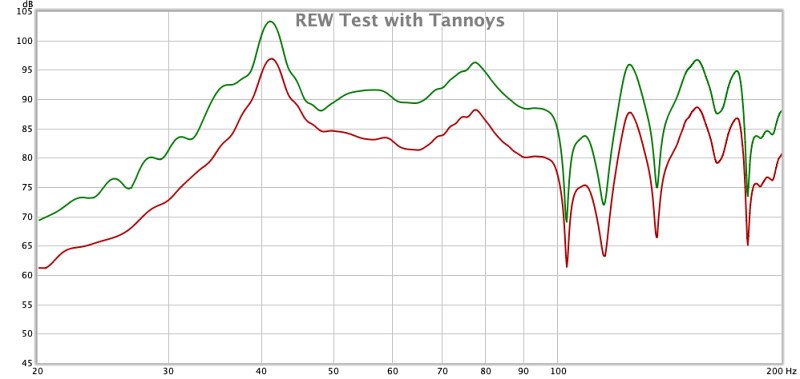A couple of pointers on REW:
- I'd stick with running tests at the default -20dBFS level, it lets you crank your amp's volume up to approx the same position as you would be listening to music at. Increasing the output level to -12dBFS will likely force you to turn your amp's volume down to achieve 75dbC at the listening seat, and if your amp's volume pot has issues with channel matching near the bottom of its range then this will produce suboptimal results.
- Set levels using Periodic Pink Noise instead of standard Pink Noise, its spectral content is more constant through time.
- Remove objects from the vicinity of the mic, including your listening chair if possible.
- If you are staying in the room during measurement, stand away from the mic and remain silent during the sweep.
- Check the distortion plot to see if your measurement has been contaminated by external sources of noise (e.g. passing traffic, footfall, wind, rain, etc), if it has then repeat the measurement.
- By all means take a stereo measurement with both speakers driven at the same time if you want to, but for better consistency I'd strongly advise measuring left and right speakers separately and then averaging them. This eliminates the risk of spurious comb filtering at the mic position. (I can get MASSIVELY different results in the treble simply by angling the mic by a degree or two or by moving it a few mm's when both speakers are being measured at the same time, this does NOT happen when measure them individually).


